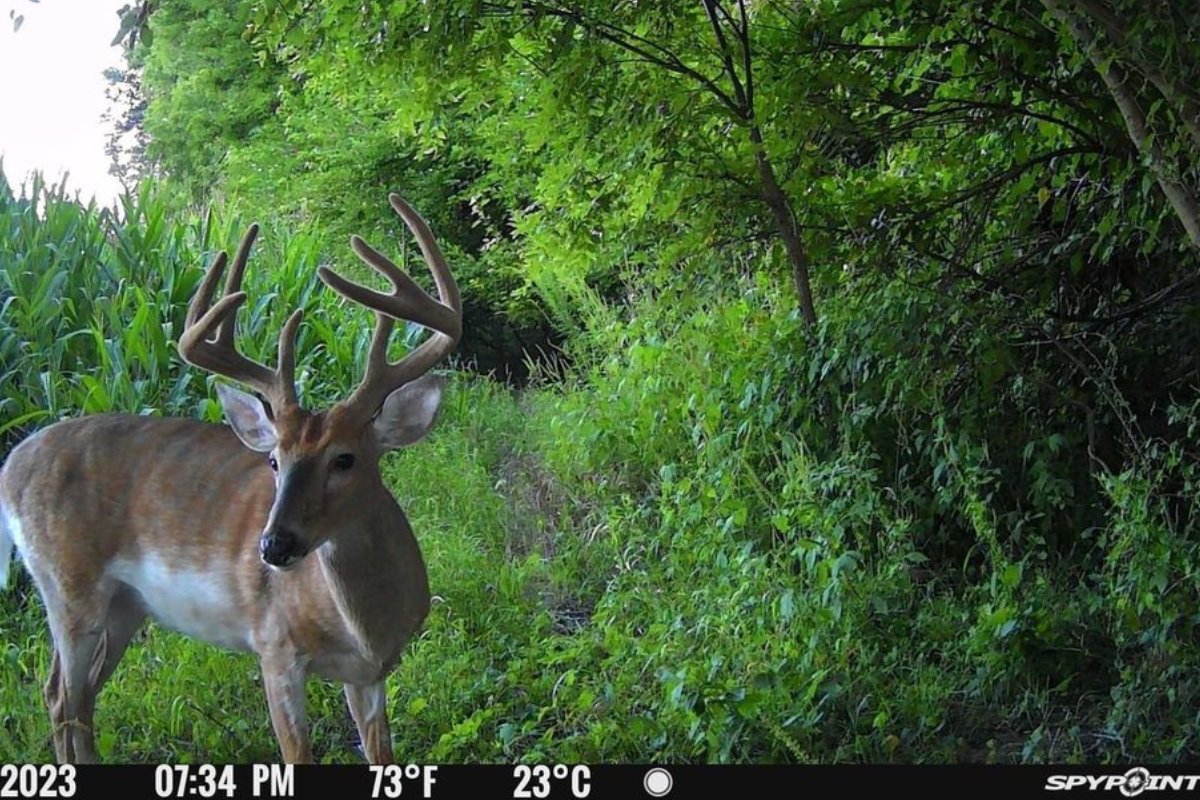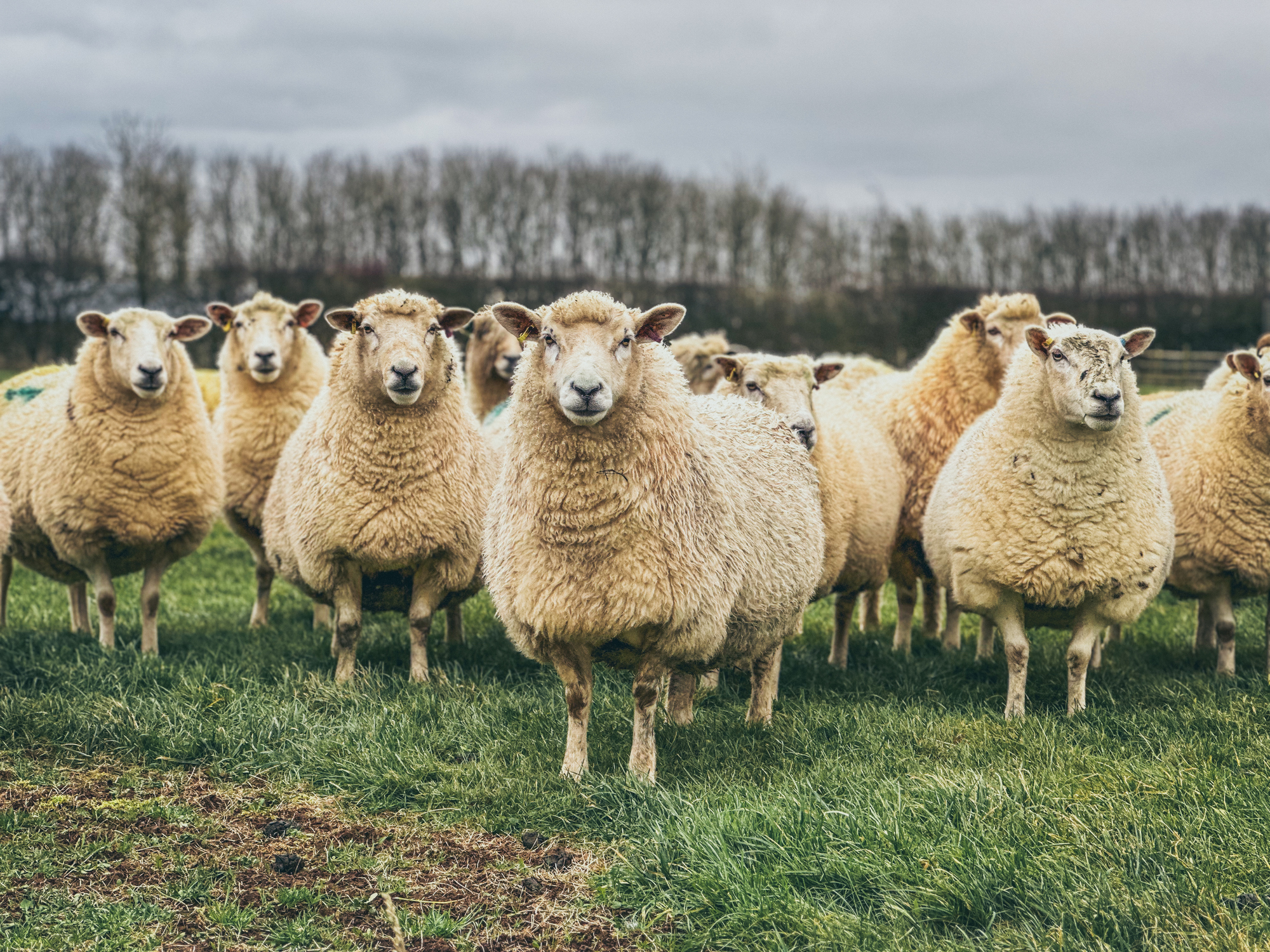

A trail camera is a great way to capture wildlife in their natural habitat. By removing the presence of humans altogether, there’s a better chance of seeing how animals live. Plus, having a 24-hour camera increases the chances of capturing great images and videos.
Videos by Outdoors
Social media has only increased the popularity of trail cameras, and some videos even go viral, showing footage of everything from deer to wolves and bears.
So, how do you set up a trail camera? Here are some steps and tips from Trent Marsh, an expert with SPYPOINT, a popular trail camera company.
First, tell us a little bit more about trail cameras.
Trent Marsh: In the last handful of years, the cellular trail camera market has really gone up. The cellular cameras give you that immediacy. You may be getting photos every couple of hours. So, in general, on the trail camera side, the cellular portion is really expanding for [. . .] everybody that’s wanting to see what’s going on.
How do you know where to place a camera if you want a good chance of getting wildlife footage?
Trent Marsh: Obviously, if you’ve got historical data of the area, whether you’ve been in there looking around and you see that there are often animals in the area or if you find a game trail, you can really narrow down the likely place where you’re going to want to put a camera.
Also, finding a water crossing. For the most part, if animals can avoid going through the water, they’re going to. Finding those areas will give you a funneling effect that isn’t just going to show a particular animal but is going to bring all wildlife into a particular area. They’re going to use a natural bridge. So, if you can find those crossovers, that’s a great location.
How do you install a trail camera?
Trent Marsh: I generally tell people to pretend like it’s sophomore football practice. Walk up to the tree that you want to put it on and take a knee. Mount that camera waist-high, not shoulder-high.
Everyone hates getting empty trail camera pictures. You’re not sure if you missed something. So, try to find an area that’s fairly clear. Obviously, you’re putting these in the woods. There are branches, grasses, and trees. But we’ve all put out a trail camera and the next day, a big cold front came through and the winds were 30 miles an hour all night. You got a little white pine sapling that went back and forth all night, and now the camera is taking picture after picture after picture because all the camera sees is movement.
Another thing to be really cognizant of is not setting the camera up east or west, putting it into a rising or setting sun. If you’ve got your camera shooting into that setting sun, you may have great pictures, but all you’re going to see is lens flare. So whenever possible, if you’re able to set up north-south as opposed to east-west, you are far better off.
What legal rules and regulations must you know before installing a camera?
Trent Marsh: This needs an asterisk of the following is not legal advice. Always check your local laws and regulations.
It’s difficult to make a broad statement about private property, because we’ve seen some laws recently that have changed. A lot of that has been more towards hunting than just general game watching, but still, your number-one thing is to check your state and local laws. For the most part, trail cameras are going to be governed by the hunting regulations.
For the most part, you’re almost always fine on private property. On public grounds, it starts to get really tricky. [. . .] At the end of the day, trail cameras are a surveillance device. Taking a photo is probably okay, but if you’re recording video and the video also records audio and you’re in a two-party state, there may be some expectation of privacy.
What are the different kinds of trail cameras?
Trent Marsh: The easiest funnel to break down trail cameras these days is a cell or non-cell camera. The cell cameras are going to take whatever media you have and transfer it to an app that manages the photos and videos. Most cameras mandate you pick a plan to get these photos during your activation process.
With the non-cell camera, you will have to make that trip to the camera, replace that card, and go from there.
Any other advice for someone looking to set up a trail camera to capture wildlife footage?
Trent Marsh: Just do your research and understand where you’re going to put it.
Another thing that I would mention is don’t get frustrated by blurry, nighttime photos. Most of your nighttime photos are going to have some blur to them, unless the animals are dead still. The darker it is, the more your camera has to allow for a longer exposure time.
You can find multiple models of SPYPOINT trail cameras in the Outdoors.com store.









